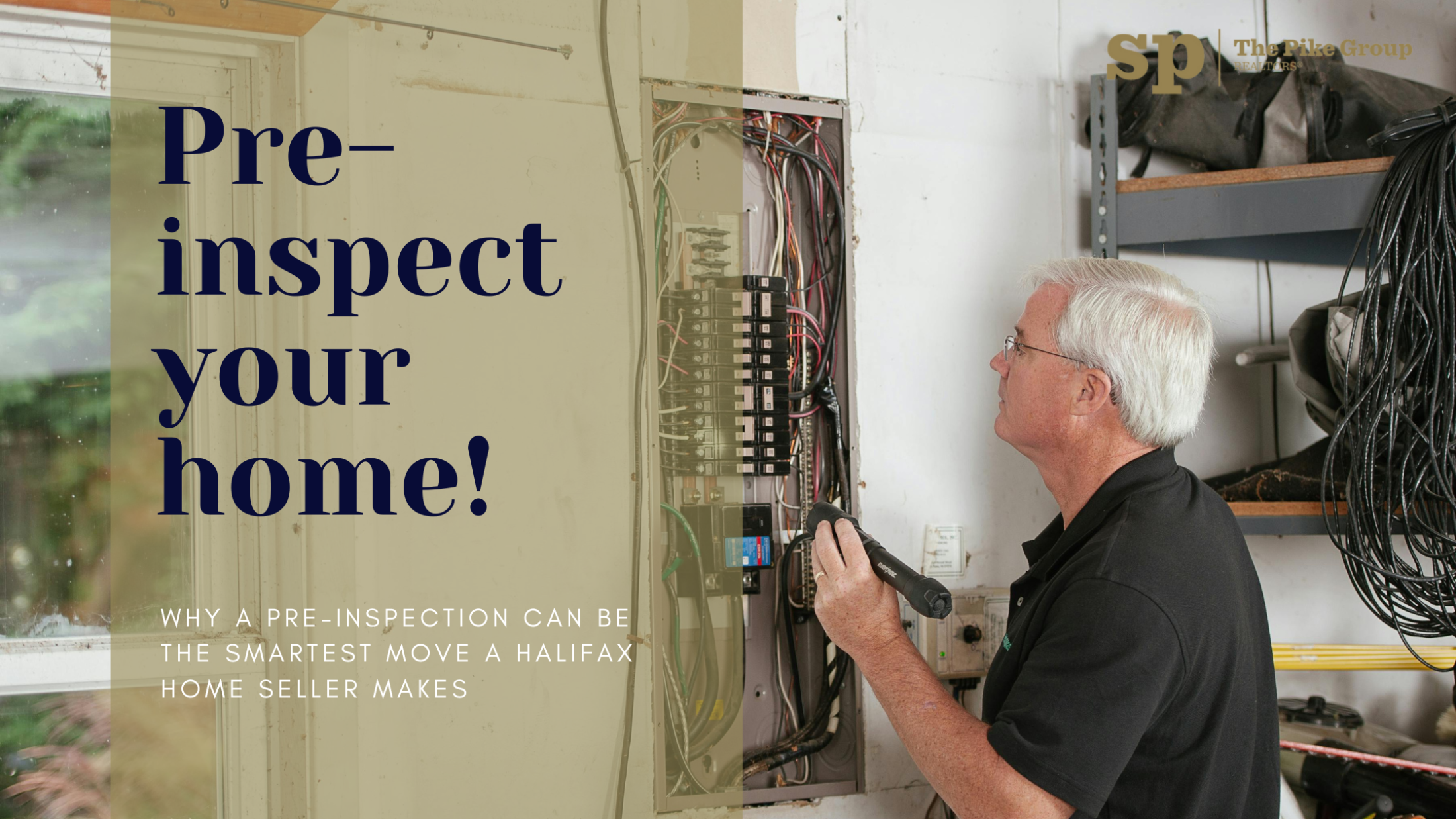If you’re planning to sell a home or land in Nova Scotia, there’s a new rulebook you need to be aware of. As of July 1, 2025, the Nova Scotia Real Estate Commission (NSREC) has implemented mandatory updates to the Property Disclosure Statement (PDS)—specifically Form 211 for properties with structures and Form 212 for vacant land. These updates aren’t just bureaucratic tweaks; they reflect a major push toward transparency, environmental accountability, and legal clarity in real estate sales across the province—including right here in Halifax Regional Municipality (HRM).
Let’s break it down in plain language, so you’re crystal clear on what’s expected of you.
What’s Changed in the PDS as of July 1, 2025?
1. New Checkboxes for Property Components
At the very top of the form, sellers must now check off which parts of the property the disclosure applies to:
Main house
Guest house
Detached garage
Barn
Shed
Land
Other (customizable section)
This means if you’ve got a home and a guest cottage, you might need to fill out two forms. No more guessing games—buyers will know exactly what’s being disclosed about each structure.
2. Coastal & Environmental Risk Disclosures
New questions added to both PDS forms ask if the property has ever been impacted by:
Coastal flooding
Coastal erosion
General flooding
Pooling or drainage issues
This is a big deal for sellers on or near the coast—including those in Dartmouth, Eastern Passage, St. Margaret’s Bay, and other shoreline communities. Transparency about environmental risks is now front and center.
3. Sewage Disposal Questions Clarified
NSREC now expects full disclosure about all sewage disposal systems—municipal, septic, holding tanks, or otherwise. Even if you’re on city services, any known issues must be disclosed. This closes a previous gap where sellers assumed “municipal” meant “no worries.”
What Sellers Need to Know (and Do)
Disclosure is not legally required in Nova Scotia—but let’s be real: buyers expect it, and failing to provide one can tank your deal or land you in court later.
You must complete the PDS to the best of your knowledge, and update it if anything changes before closing.
Known material latent defects—like a leaky foundation you tried to forget about—must be disclosed.
The PDS is not a warranty. Buyers should still get a home inspection, but what you write matters. Misstatements (even unintentional) = potential lawsuits.
Practical Tips for Halifax & Nova Scotia Sellers
Be honest and thorough. If you had a roof leak in 2021 and fixed it—mention it. If your septic was pumped last fall and everything's fine—mention that too.
Multiple buildings = multiple forms. If you’ve got a barn, a studio, or a detached Airbnb suite, don’t try to squeeze it all onto one PDS. Separate forms keep things clean.
Environmental disclosures: Don’t downplay erosion or flooding. Coastal properties are under increased scrutiny with climate change awareness on the rise.
Sewage questions? When in doubt, ask your agent or lawyer. Include past issues, repair dates, and upgrades.
Review the forms: Visit nsrec.ns.ca for the latest consumer copies of Form 211 and 212 (they’re watermarked, but your agent will have the real deal).
Why It Matters
This isn’t just paperwork. These disclosures are the seller’s voice in the transaction—your opportunity to protect yourself and earn buyer trust. A clean, accurate, transparent PDS can be the difference between a smooth close and a legal nightmare.
Selling in Halifax or Beyond?
I’m Sandra Pike, REALTOR® and top listing agent in Halifax. I’ve sold over 865 homes across HRM and Nova Scotia, and my team and I stay on top of every regulatory change so you don’t have to.
If you’re selling in Halifax, Bedford, Sackville, Lunenburg—or anywhere in between—let’s make sure your paperwork is bulletproof and your sale is stress-free.
Contact me today for expert guidance on how to sell your home right, the first time.






